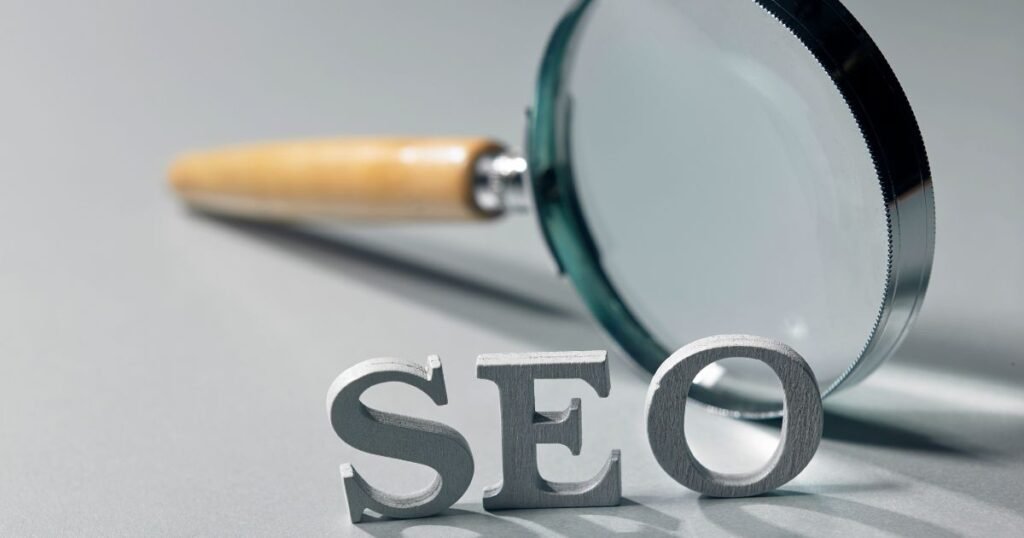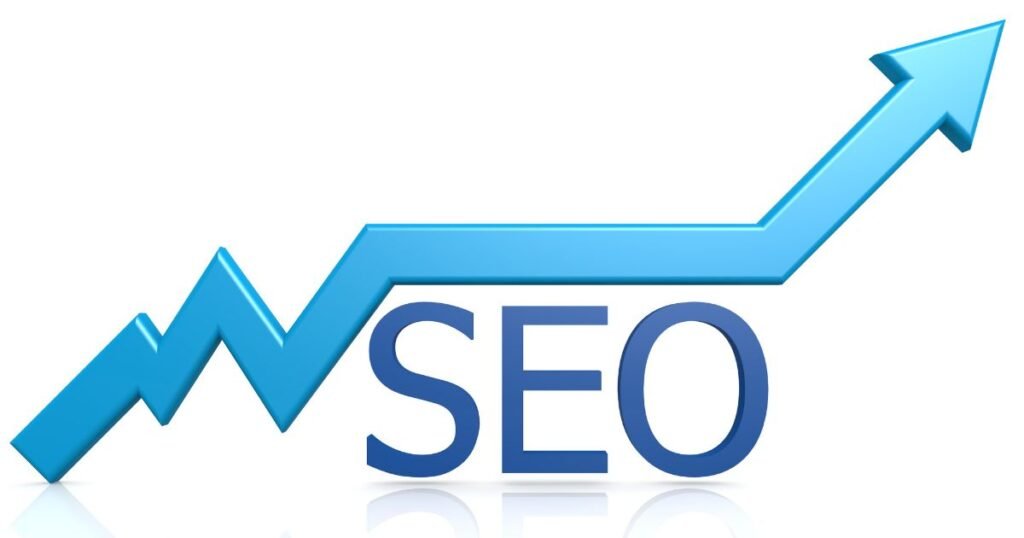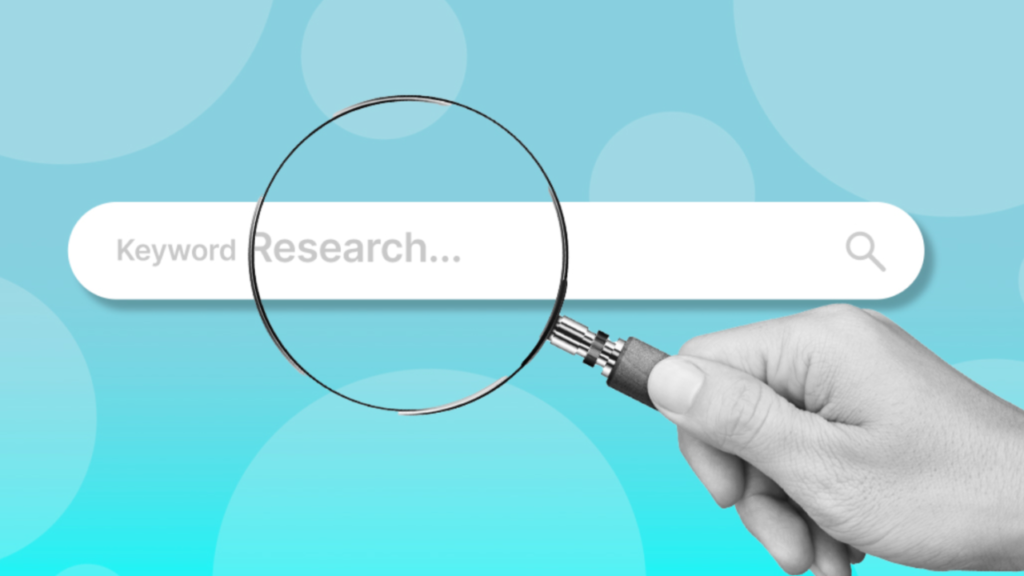On-page SEO tactics are necessary for search engine optimization and are thoroughly discussed in Mastering On-Page SEO Techniques: A Siphon Guide for Success. This creative approach By SEOJust, entails creating a visually beautiful website, ensuring that the intended audience can easily access the information and that search engines such as Google can easily find it. Strategies include creative header creation, planned keyword placement, and meta tags to make specific pages more relevant and visible to search engines.
When we embark on this journey, we’ll delve into practical insights and workable complete tactics to improve your website and make it stand out in the competitive online search market. Let’s now unlock the secrets of SEOJust On-Page SEO Techniques secrets of and grow your online presence.
What is On-Page SEO?

The phrase “on-page search engine optimization,” or “on-page SEO,” refers to a collection of techniques meant to improve and elevate every single web page’s exposure and ranking on search engine results pages (SERPs).
On-page SEO concentrates on improving and growing components immediately on your page instead, whereas off-page SEO mainly focuses on external factors like backlinks. This includes arranging your keywords carefully, ensuring your content is relevant to user searches, and creating effective meta tags like title tags and meta descriptions.
Other crucial elements include optimizing images, using descriptive URLs, and maintaining a clean, user-friendly website structure. Providing a seamless and pertinent online experience for both users and search engines is the core goal of on-page SEO.
Also Read: SEO and SEM Services: Which is Better to Grow Your Business?
Why does on-page SEO matter?

On-page SEO is crucial because it creates the foundation for your website’s online visibility and success. Consider it as the path search engines use to ascertain the topic of your material and its degree of relevance to users’ searches. In essence, you’re helping search engines index and rank your pages more precisely when you optimize on-page components like different keywords, meta tags, and content structure.
As a result, there’s a greater likelihood that customers will find your website when searching for information about your content. A well-optimized on-page experience raises customer happiness by providing relevant, quickly available, and user-friendly material.
Investing in On-Page SEO is akin to ensuring your website is optimized for search engines and visitors alike, laying the groundwork for enhanced online visibility, more organic traffic, and overall success.
Also Read: International SEO Tips for Every Marketer – Unlocking Global Visibility
On-Page SEO Techniques for Your Website

For your website to perform better in search engine results and be more visible, you must optimize it using On-Page SEO strategies. The following are essential tactics to improve your On-Page SEO:
Release Top-Notch Content
Creating excellent content is one of the most crucial On-Page SEO Techniques to boost your website’s performance significantly. Search engines prioritize valuable content, and the emphasis on quality in results has become increasingly critical.
In addition to meeting the demands of your audience, regular delivery of interesting, educational, and pertinent material lets search engines know that your website is a valuable resource.
Well-written material organically combined with many keywords improves your website’s relevancy to particular search terms. Furthermore, better content usually gets more backlinks and social media shares, increasing your website’s authority.
In the fiercely competitive world of digital marketing, you can ensure that your website meets and beyond consumer expectations by concentrating on creating excellent content. Ultimately, this increases search engine visibility and steadily increases organic traffic.
Enhance Meta Description
Optimizing meta descriptions is one of the most crucial On-Page SEO tactics that directly influence how your website appears in search engine results. A well-written meta description gives readers a quick rundown of the content on your page, encouraging them to go through it. When you organically integrate relevant keywords in your summary and produce exciting content, your chances of receiving hits from those interested in your material grow.
To guarantee that the complete description appears on the search results page, keep it brief and within the 150–160 character limit. Consider it a kind of mini-advertisement: the more exciting and educational your link is, the more probable users would select it.
Search engine rankings may be enhanced if the meta description aids in the understanding of the context of your content by the engines. As a result, spending time to perfect meta descriptions is a simple yet effective way to raise your website’s observability and click-through rates.
Image optimization
Image optimization is essential in On-Page SEO strategies and dramatically impacts your website’s overall performance and user experience. Compressing pictures is the first step in optimizing them for faster page loads.
This satisfies users who want quick access to information while fitting in with search engine algorithms that reward pages that load quickly.
Descriptive file names and pertinent alt text aid search engines in deciphering the image information, which enhances accessibility and improves indexing. This approach can help those with visual disabilities who use screen readers.
Image optimization becomes crucial to creating a flawless, functional, and search engine optimization-friendly website that draws users in and abides by search engines’ ever-changing standards as the importance of user experience grows.
Make Use of External Links
Image optimization plays a judgmental role in On-Page SEO techniques and has a remarkable impact on your website’s overall performance and user experience. The first step in optimizing photographs for faster page loads is to flatten them. This satisfies users who want quick access to information while fitting in with search engine algorithms that reward pages that load quickly. Descriptive file names and pertinent alt text aid search engines in deciphering the image information, which enhances accessibility and improves indexing.
This approach can help those with visual impairments who use screen readers. As search engines place greater emphasis on user experience, image optimization becomes crucial to creating a seamless, productive, and SEO-friendly website that not only positions your business as a valuable informational resource for your industry but also strengthens your website’s power and significance in the digital sphere through the strategic use of external links.
SEO writing
One of the most important On-Page SEO strategies is SEO writing, essential for communicating with search engines and your audience. It entails creating exciting and educational material that purposefully includes pertinent keywords. You can indicate to search engines that your page is directly relevant to a particular search query by carrying out in-depth keyword research and incorporating these terms into your content elegantly.
But it’s imperative to keep things flowing naturally and put the user’s experience first. In addition to keeping users on your site longer, readable, well-structured material also helps reduce bounce rates and boost time spent on individual pages—metrics that search engines consider when ranking your content.
SEO writing is finding a balance between search engine algorithms and providing valuable, reader-friendly content, ensuring that your website stands out in the competitive online landscape.
Click-worthy meta descriptions
Creating captivating meta descriptions is an essential On-Page SEO strategy that significantly influences how well your website ranks in search engine results. Making your meta description insightful and compelling may persuade readers to click through to your website since it previews your content.
Adding a call-to-action, highlighting essential advantages, and using attention-grabbing language can improve the user experience and boost click-through rates. It’s comparable to creating a little search engine result page advertisement for your page that draws visitors and directs them to your content.
Don’t forget to stay within the suggested character count of 150–160 to guarantee readability and visibility. In the cutthroat world of the internet, a captivating meta description serves as your online CV, influencing users to choose your link over others and contributing to improved search engine rankings and organic traffic.
Optimize URLs
URL optimization is one essential On-Page SEO Techniques that can improve your website’s visibility and usability. In addition to being search engine friendly, a well-optimized URL gives users a clear idea of what is on your website. URLs should be brief, descriptive, and contain pertinent keywords. Extraneous characters or symbols should be avoided.
Search engines will index pages more effectively if the URL structure is clear and easy to understand. This will make it easier for users and algorithms to grasp the page’s content.
This method is more user-friendly and increases the possibility that consumers will click on your link in search results, as well as the navigability of your website. Ultimately, optimizing URLs is about making a smooth journey for consumers and search engines, which helps raise rankings and create a more favorable online experience.
Headings and content formatting
Using headers and text formatting is a crucial On-Page SEO strategy that can significantly increase your website’s readability and search engine friendliness. Headings—H1, H2, and H3 tags, for instance—help you divide your material into sections and assist search engines in determining the relevancy and hierarchy of the content on your page.
By adding keywords to these headings, you indicate to search engines how critical specific terms are. Additionally, the user experience is enhanced when content is formatted correctly, using lists, bullet points, and short paragraphs.
When assessing the quality of your content, search engines consider metrics such as bounce rates and the amount of time people spend on your sites, which customers can swiftly scan and understand.
Crawlable website
One of the most important On-Page SEO strategies for search engine visibility is ensuring your website can be crawled. Search engine bots “crawl” your website or go through its pages to index and comprehend content. This procedure is streamlined by having a website that is both crawlable and well-structured.
To accomplish this, make a concise sitemap that describes the layout and structure of your website, making it easier for search engines to find and adequately move your content. To instruct bots on which pages to crawl and which to ignore, use a robots.txt file. To improve crawlability, give clean, SEO-friendly URL structures top priority.
Assure that search engines are aware of new content by frequently altering and submitting your sitemap. Your website’s visibility and organic traffic will grow, making it easier for search engine crawlers to access your pages. This also enhances the chances that your pages will be indexed and appear in relevant search results.
Mobile-friendliness
The importance of mobile-friendliness as an On-Page SEO technique has grown in the contemporary digital landscape. Since many individuals access the internet via mobile devices, search engines prioritize websites optimized for mobile web surfing.
Search engine algorithms are satisfied when a website is adaptable and quickly changes to fit different screen widths. This also enhances user experience. For example, Google implements mobile-first indexing, which means that when indexing and ranking a website, it first looks at its mobile version.
Consider responsive design, quickly loaded pages, and user-friendly navigation while optimizing for mobile. In addition to satisfying a sizable segment of your audience, meeting the needs of mobile users also complies with search engine algorithms, which raises your site’s visibility and ranks in search results.
Include alt text
Adding alt text to your website is like giving it a voice in a language that search engines can comprehend. It’s not only a sound on-page SEO strategy; it’s essential to your website’s success. When you add alt text to a picture, you are essentially giving search engines a road map to help them find and interpret your visual information. Alt text serves as search engines’ eyes by describing an image’s content when they crawl your website because they are unable to “see” pictures like people can.
This method is very important for accessibility. Ensuring a fluid surfing experience for all users, including those with visual impairments, is like opening a door for them. It also helps screen readers describe visuals. Websites that put the user experience first are valued by search engines, and using alt text makes it obvious that you are concerned about offering insightful material to all of your visitors.
Another chance to include pertinent keywords is in the alt text. It’s comparable to adding a hidden component to your SEO mix. If visitors are searching for particular phrases, and your photographs have alt text that is related to the image, there’s a greater possibility that your site will show up in search results. It’s a subdued yet efficient technique to raise the visibility of your website and increase the likelihood that it will rank higher.
Additionally, alt text serves as your safety net against malfunctioning photos. It functions as a safety net in case a picture doesn’t load. In these situations, the alt text nevertheless allows readers to comprehend the context of the missing image. This guarantees that your information will still be understandable and interesting even in the event of a graphics loading hitch.
Content audit
Performing a content audit is similar to giving your website a spring cleaning; it’s not just a smart on-page SEO tactic but also a game-changer for your website’s performance. It involves going over and evaluating all of your content to make sure it speaks to your audience and supports your present goals. Consider it as organizing your digital area to make it more conducive to using.
Performing a content audit is necessary to ensure that material is current. It’s similar to making sure your website is a trustworthy resource in the always changing internet world. In order to maintain your website’s credibility, search engines prioritize new and relevant material. A content audit may assist you find out whether your content is out of date.
It’s a calculated action to optimize keywords as well. Consider it a treasure search for gold in SEO. You may find high-performing keywords and use them more wisely by evaluating your current content. It’s similar to optimizing your website to speak the language that search engines and your audience desire to see.
Also Read: Power of SEO for Small Businesses – 6 Tips to Maximize Your Small Business SEO
Conclusion
Gaining success in the online world requires mastering On-Page SEO techniques. This comprehensive tutorial has discussed Numerous crucial strategies, such as keyword optimization, picture optimization, meta-tag optimization, and creating high-quality content. By implementing those strategies, you may enhance your website’s user experience, visibility, and rankings in search engines. Remember that SEO is a continual task, and staying relevant with evolving user trends and algorithmic changes is critical.
FAQs:
How frequently should my meta descriptions and titles be updated?
Review and update your meta descriptions and titles regularly, particularly after adding new material or significantly adjusting existing pages. Clicks are encouraged, and relevancy is maintained when they are current and relevant to your content.
How important are external links to on-page SEO?
Search engines give your website more authority and credibility if you strategically employ external links to reliable sites. But make sure these connections provide value to your users and are relevant in the context.
How can I keep up with the most recent On-Page SEO techniques?
Follow trustworthy SEO sites, attend seminars, participate in forums, and check for updates from search engine algorithms on a regular basis to stay informed. Continuous learning and adaptation are critical in the ever-changing realm of SEO.
Should On-Page SEO be contracted out or handled in-house?
Both options are viable. Many businesses choose to handle On-Page SEO in-house to maintain control, while others outsource to specialized agencies for their expertise. The choice depends on the resources and expertise available within your organization.
How long does it take to see results from On-Page SEO efforts?
The time frame varies based on factors such as website authority, competition, and the extent of optimization. Generally, noticeable improvements may take a few weeks to several months, with continued efforts for sustained success.
Are there specific tools to help with On-Page SEO optimization?
Yes, there are several tools available, such as Google Search Console, Yoast SEO, Moz, SEMrush, and Ahrefs, which can assist in analyzing and optimizing On-Page SEO elements.




